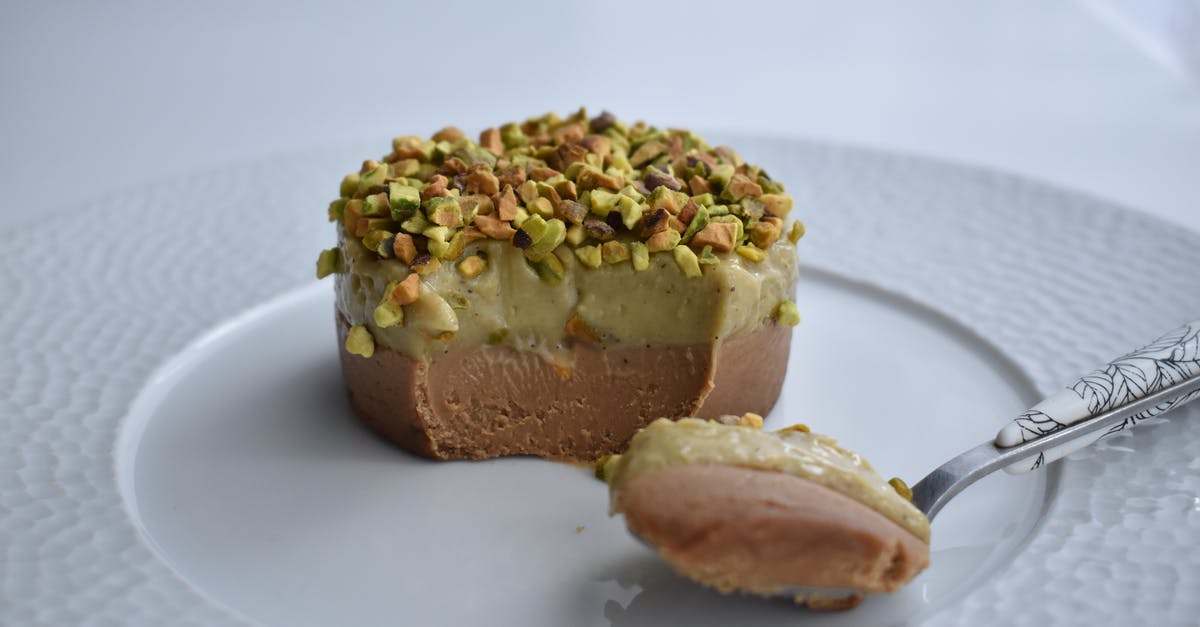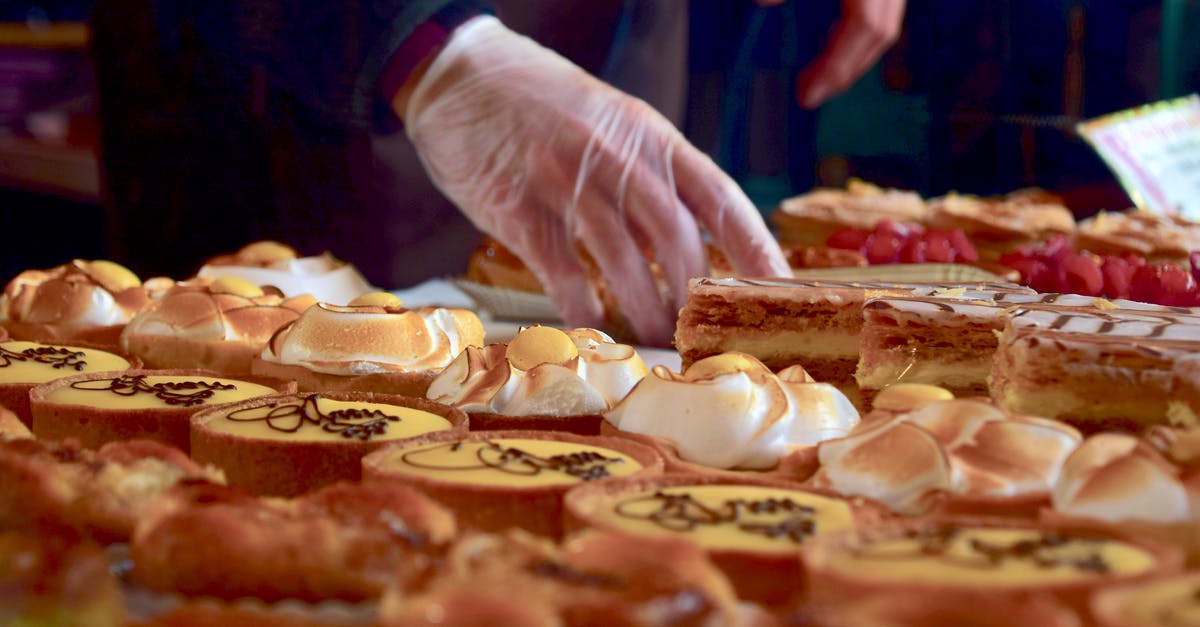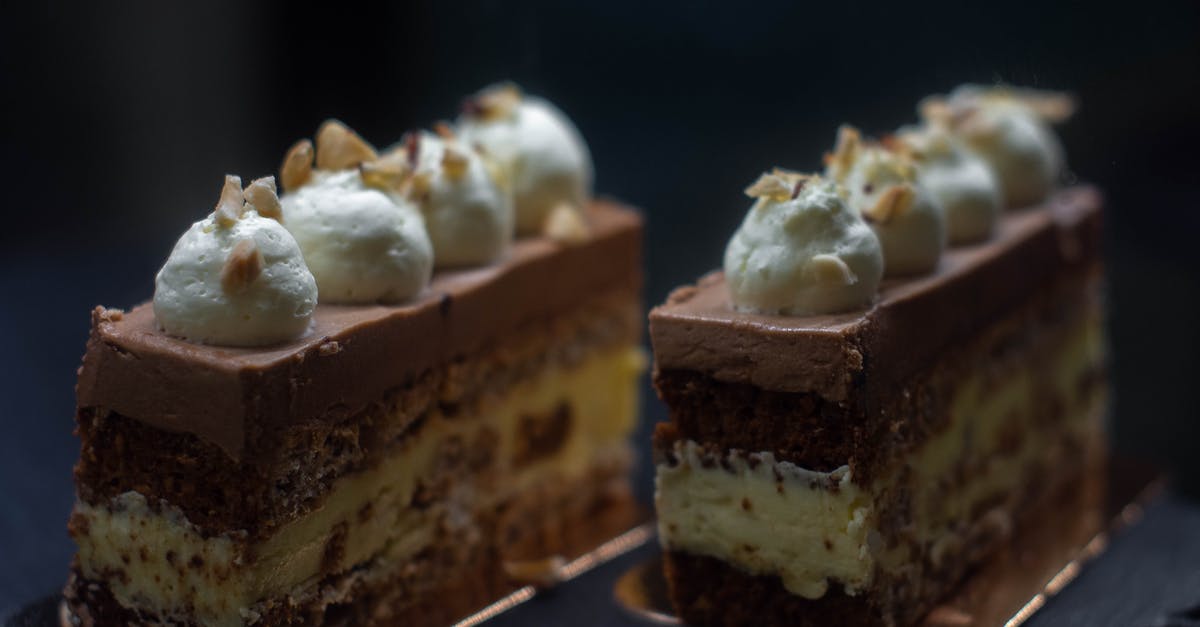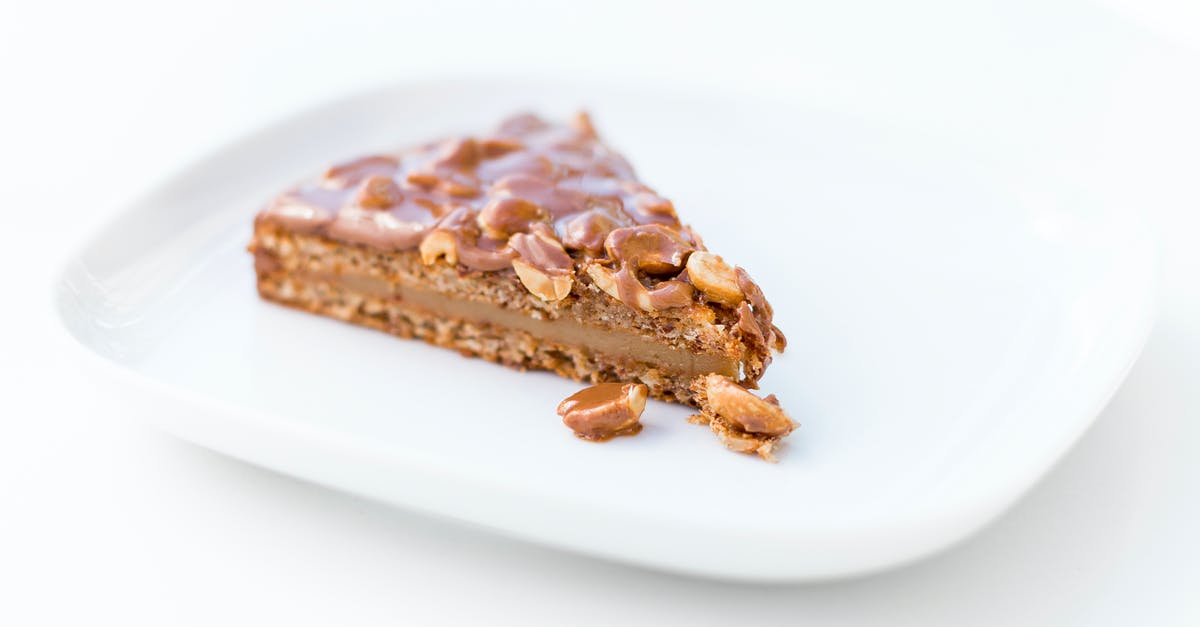Food safety of custard slice

A recipe to make custard slices involves cooking egg yolks with milk, sugar, flour and gelatine to 80 degrees Celsius, then folding in beaten egg whites (beaten with a small amount of lemon juice and sugar). After folding, the mixture is about 40 degrees Celsius, and is ready to be chilled to set. What are the food saftey guidelines that apply to the egg whites in this case? All I could find was that egg mixtures should be heated to 71 degrees Celsius, but that is for whole eggs. Do egg whites require the same temperature?
For reference the full recipe is at https://zsuzsaisinthekitchen.blogspot.com/2011/04/hungarian-custard-slice-kremes_16.html
Best Answer
There’s a fundamental difference between food safety and what is considered acceptable risk - the former is calculated to be virtually risk-free and statistically contain not enough bacteria etc. to potentially cause illnesses or infection, plus a bit of a safety margin. The thresholds are so that even the most sensitive and vulnerable consumers are still protected, for example young children, the elderly, pregnant women and people with weakened immune systems. These consumer groups are also especially likely to suffer or even die in case of salmonella or similar food borne diseases. This is one of the reasons why pregnant women are warned against certain foods.
But there are many recipes that are not “safe” in this strict sense. That doesn’t mean that your custard, mousse au chocolat, sauce hollandaise (all with raw egg), unpasteurized cheese (raw milk), steak tartare (raw beef) etc. will automatically make you sick. In fact, in the vast majority of all cases nothing will happen. And in most other cases, a healthy adult will suffer, but survive.
To be very clear:
Just because some cooks and some recipes work outside the boundaries of food safety guidelines doesn’t invalidate these guidelines.
The recipe in the link is not safe by official standards if made with raw, unpasteurized eggs.
The temperature you found is correct without additional time constraints, there may be ways to produce a safe custard if you can hold the mixture for a certain time at a given temperature (bacteria destruction is a function of temperature and time to be exact, food safety guidelines often give a simpler version using a temperature where the holding time is near zero, so “instant” killing of bacteria), but that would be beyond the scope of the question at hand, suffice to say that this constellation is nowhere near that range.
So if you want to make the custard recipe in your link, make an informed decision, considering your personal health status and your individual risk tolerance. I personally would never serve this kind recipe for the groups listed above or for a potluck where I can’t be sure who will participate. Especially for eggs, food safety may depend on locale, and in some areas pasteurized eggs are available in stores.
Pictures about "Food safety of custard slice"



How long does custard slice last in fridge?
It's important to continue to cook the custard (while continuously whisking) until it is very thick - this will ensure it sets firm. How long does this slice last? Custard slice can be stored in the fridge for 3-4 days. The pastry layers will soften the longer the slice is in the fridge.How long do custard squares last in the fridge?
To cut the slice, use a clean pair of scissors to cut the top layer of pastry, before running a sharp knife through the remaining layers. This will help to stop the custard from being pushed out the sides. This custard slice will last in the fridge for around 3-4 days. Serve chilled.How long can you keep vanilla custard?
Serve this vanilla custard immediately while warm or allow it to chill in the fridge until ready to serve, for up to two days.At what temperature will a custard coagulate?
These temperatures are raised when eggs are mixed into other liquids. For example, the coagulation and thickening of an egg, milk, and sugar mixture, as in custard, will take place between 80\xb0C and 85\xb0C (176\xb0F and 185\xb0F) and will start to curdle at 88\xb0C to 90\xb0C (190\xb0F and 194\xb0F).How to make custard slices - BBC Good Food
Sources: Stack Exchange - This article follows the attribution requirements of Stack Exchange and is licensed under CC BY-SA 3.0.
Images: tomateoignons, iSAW Company, Елена Селищева, Isaac Quesada
